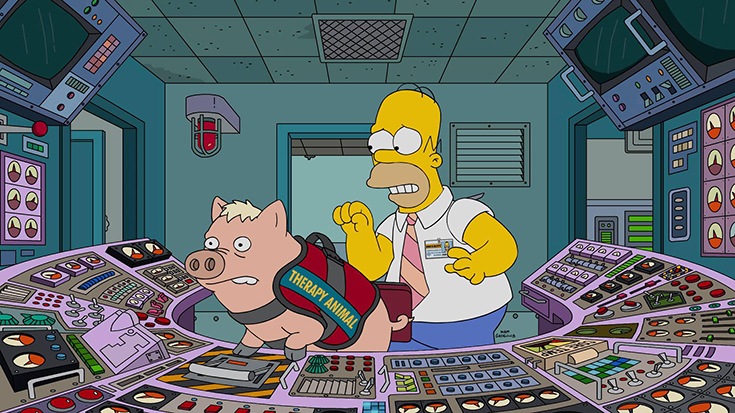How human performance improvement can reduce accidents and improve resilience
The field of human performance is relatively unknown outside large, high hazard organisations in many parts of the world, but it can help to predict human error and its consequences, playing a vital role in resilience, says Teresa Mullen

The bad news is that human error cannot be eliminated; the good news is that it can be predicted (image: Everett Collection Inc / Alamy Stock Photo)
Welcome to my first blog for this fantastic publication, Crisis Response Journal; I am so proud to have been asked by Emily and Kirsty to contribute!
I am taking a structured approach to my blogs over the next year because I am on a mission. This mission is to educate at least 1,000 organisations around the world about human performance by 2030.
Now is your time to get ahead of the curve, because over the next 12 blogs I will be focusing on different elements of human performance; so make sure you follow this series to get a really good understanding of what it is, where it came from, how it works and why it has been a rapid-transformational tool in the early adopter organisations my associates and I work with.
The field of human performance (HP), sometimes known as human performance improvement (HPI) and, more recently, human and organisational performance improvement (HOP or HOPI), emerged in the late 1960s to early 1970s in the USA. It is a proactive approach to reduce the consequences of unwanted outcomes triggered by human error.
HP professionals are employed in large high hazard organisations all over the world but in many countries such as the UK, it has received little or no attention outside of nuclear generation and aviation until now. If you have taken the behavioural safety route, run the ‘challenging unsafe behaviour’ programme, implemented the behaviour-based observation database and are still scratching your head about why people do the things they do, then listen up. Human performance is what you’re looking for.
Why? Because human error does not just result in ‘safety’ incidents. Human error has the potential of affecting every aspect of your business. Show me a poor-quality product, reduced productivity, increased overhead, rising re-work, or reputational damage related outcome and I will show you the path that human error took until we reach the core of the problem.
Safety initiatives are fantastic for temporarily driving down specific types of incidents. Fewer cut fingers? Better gloves and punish anyone not wearing them. Slips, trips and falls? Pay more attention, wear flat shoes and always paint the top stair yellow… Yet sadly, we know all too well that we will see these incidents and unfortunately even worse ones time and again.
Why is this?
Is it because of those workers who don’t care enough, aren’t committed enough, don’t follow the rules or who go out of their way to screw things up? The answer is no. Human error is inevitable – you cannot eliminate it, you cannot punish it out of your business, you cannot reward it out of your business and, no matter how hard you try, how much safety at work training you provide, how often you sack, suspend, shout at or discipline people, human error will still occur.
However, there is hope. Earlier I mentioned that human performance is about proactively reducing the consequences of unwanted outcomes triggered by human error. Doing something proactively means we do it ahead of time. This means we must be able to predict what is going to happen.
The bad news is that human error is here to stay. The good news is that it can be predicted and therefore the likelihood of it occurring can be reduced. And, when it does happen – and it will – we can make sure that we have the innate ability to bounce back; in other words, this is about built-in resilience in systems, processes, activities and, most importantly, in people.
Join me on my blog journey through human performance where I will share with you the theory, the methodology and the practical tools and techniques you can adopt and implement to start the process of introducing the principles of human performance in your team, department or organisation.
The blogs will cover
-
Organisational drift;
-
The principles of human performance;
-
Human error and the performance modes;
-
Introducing the WITH model;
-
Adapting HP to fit with organisational culture;
-
Error prevention tools for organisations and leaders;
-
Error prevention tools for worker;s
-
Building organisational resilience;
-
Investigating unwanted outcomes triggered by human error;
-
Learning from unwanted outcomes; and
-
Learning from successful work
In the meantime, I will leave you with a thought that will get you thinking along the lines of my next blog on organisational drift: “If the way in which your organisation responds to unwanted outcomes determines your organisational culture, what is the real culture of your organisation? Don’t take your own word for it – go and validate your assumption with your colleagues, superiors, your workers and don’t forget your contractors. Remember to share what you learn and whether your assumption was correct.”
Please do comment, concur and debate; your feedback and engagement are most welcome.
Teresa Mullen is Founder and Director of Paradigm Human Performance Ltd
Teresa Mullen, 09/02/2018